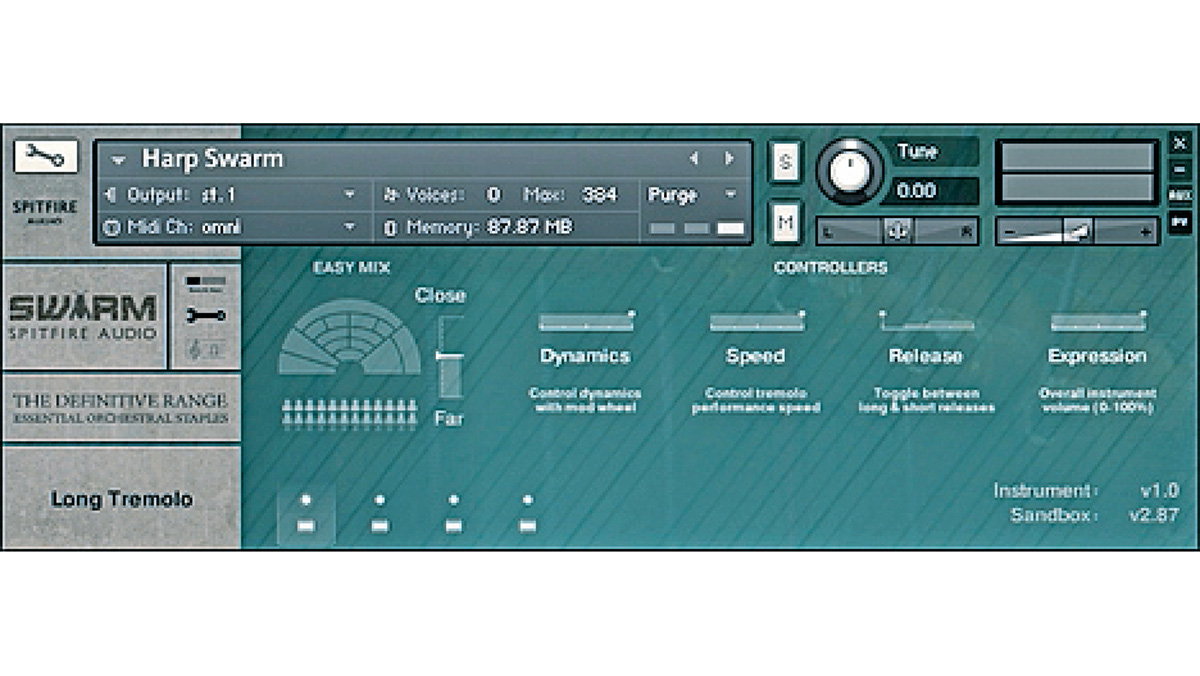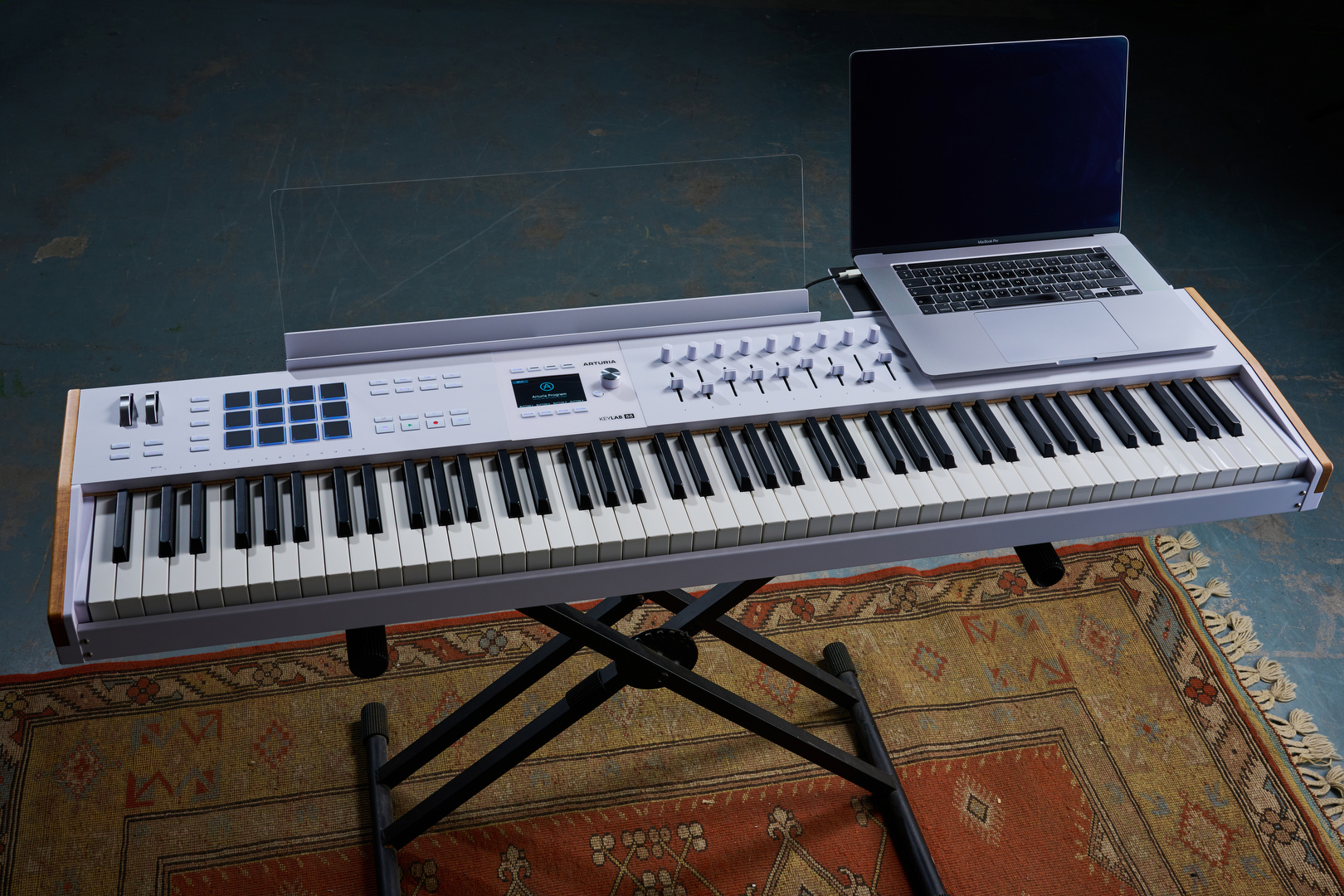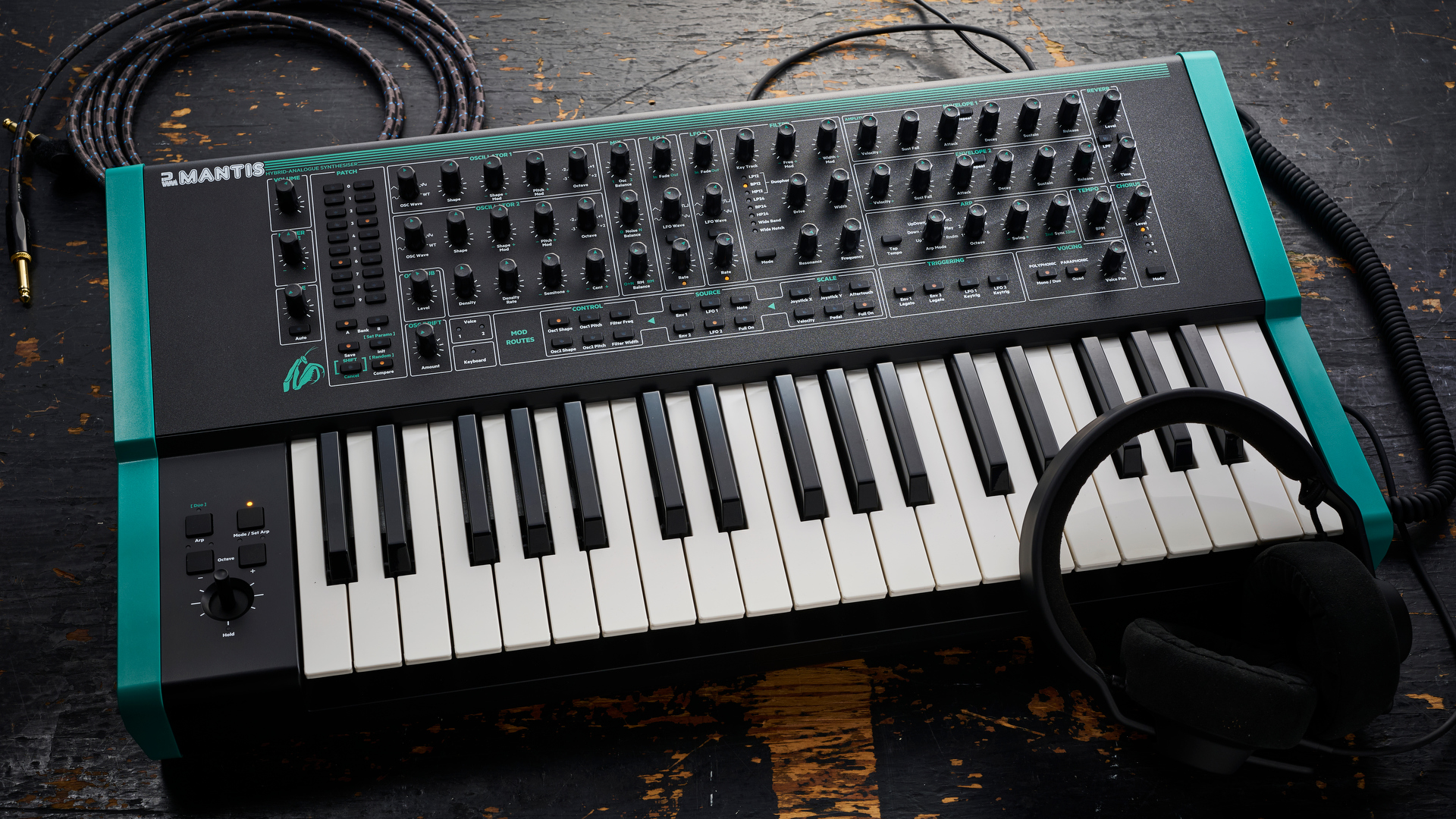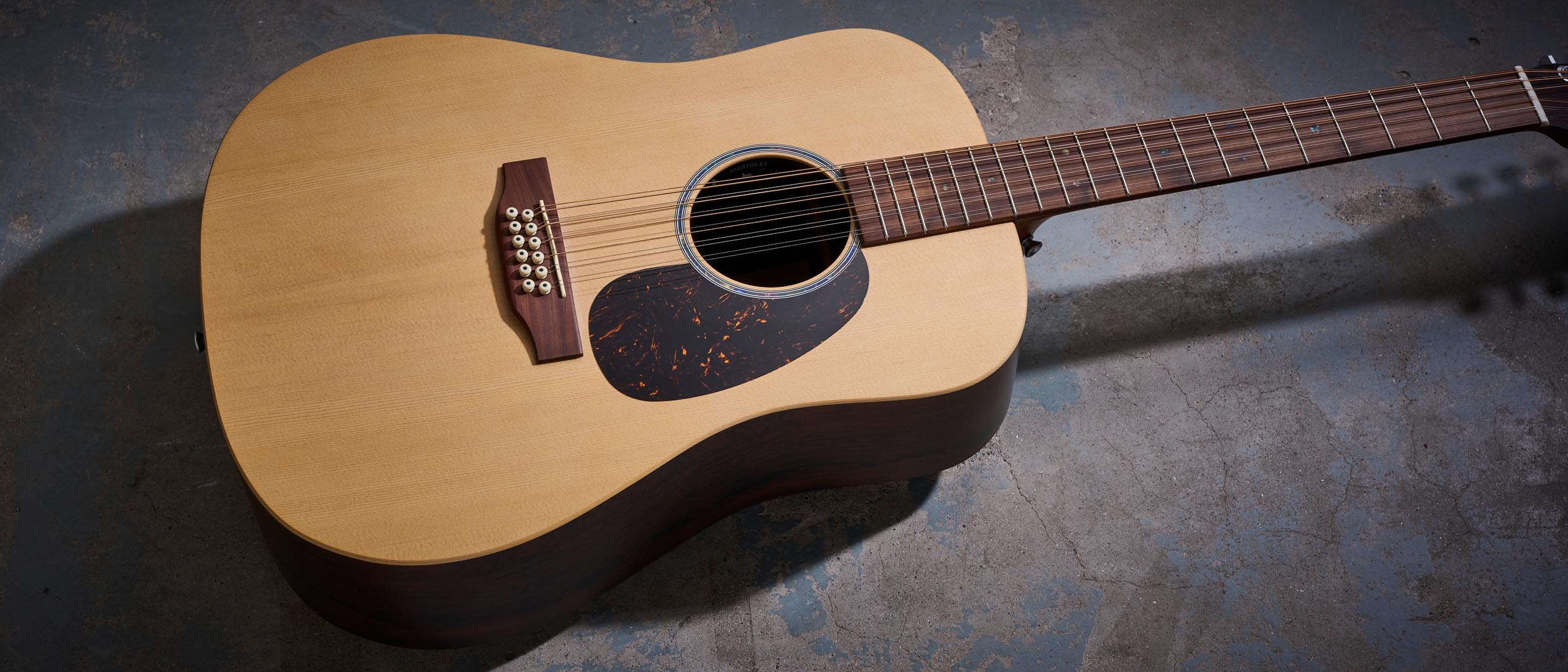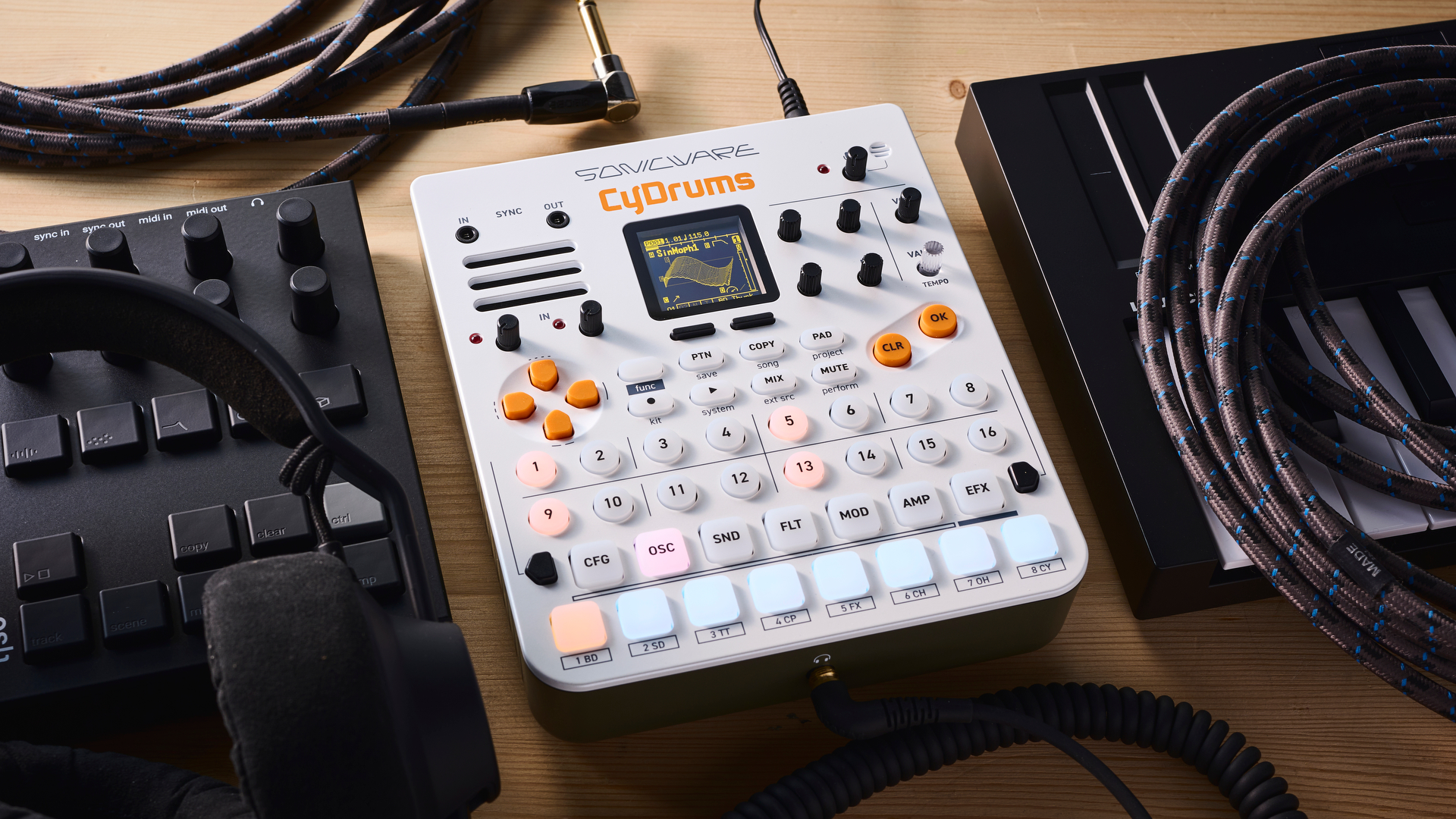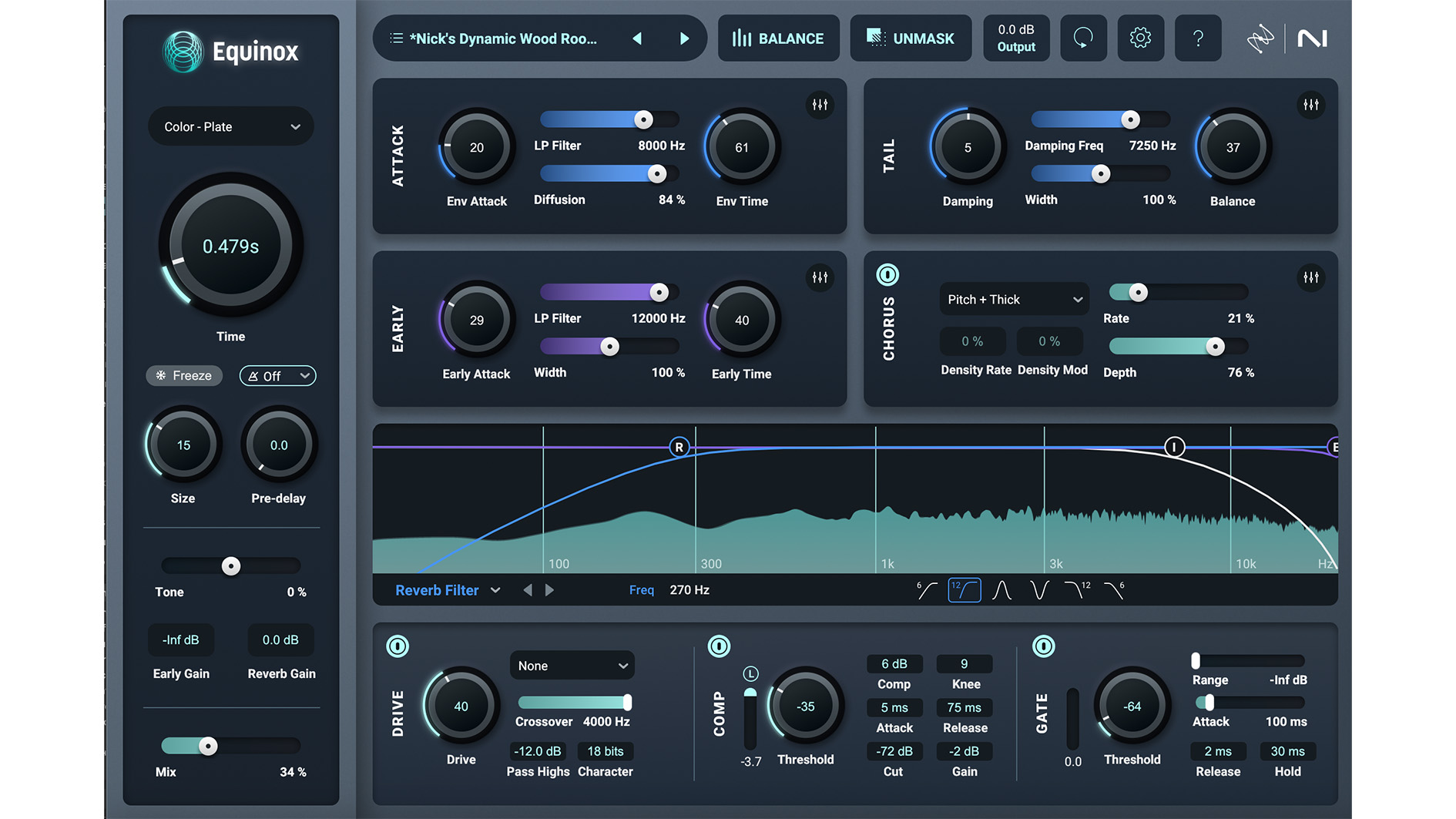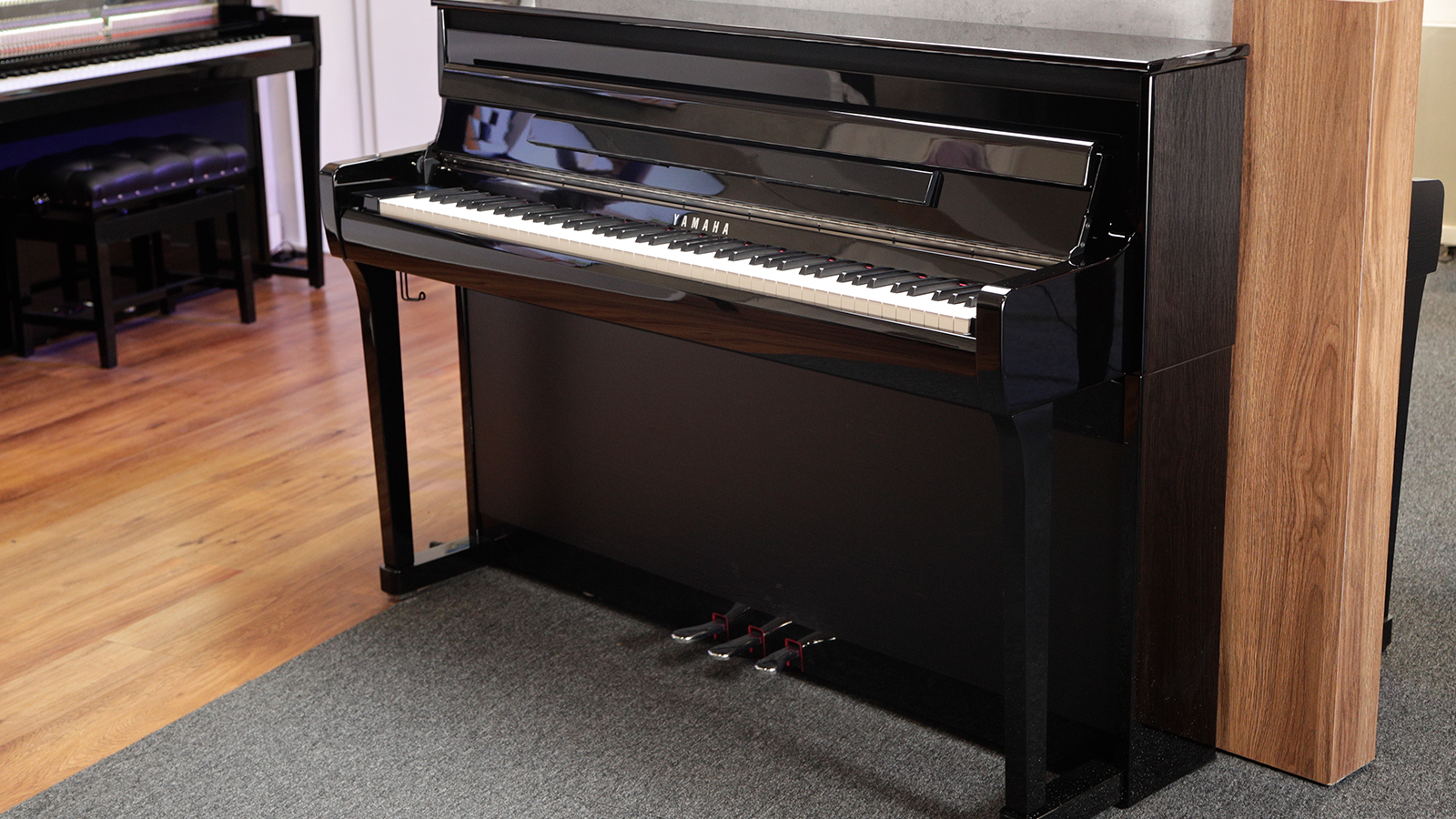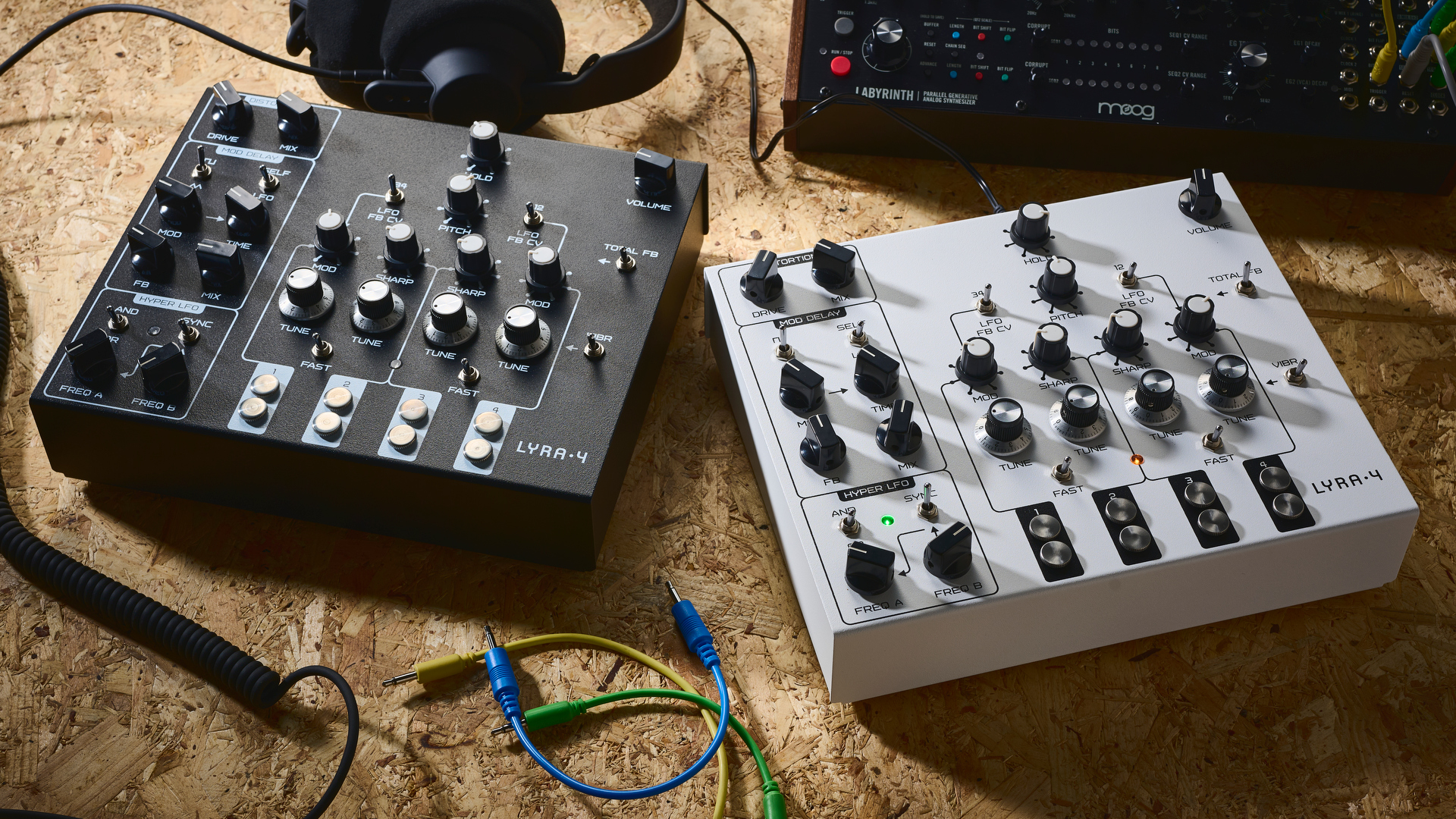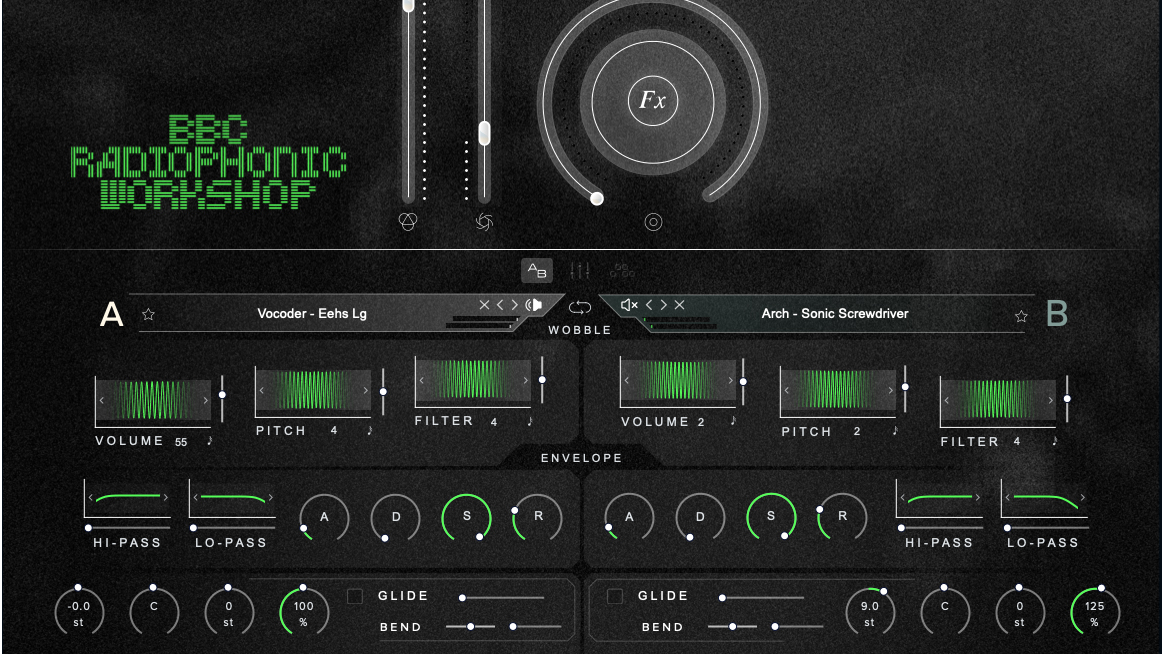MusicRadar Verdict
Another winner from Spitfire.
Pros
- +
A huge collection.
- +
Dazzling array of options.
Cons
- -
Very few.
MusicRadar's got your back
Spitfire Audio continues its pursuit of capturing unusual playing styles and instrumental configurations with Swarms.
This is a collection of three libraries embracing the theme of massed tremolandi - the repetition of single notes played simultaneously on multiple instruments. Getting sections to play these repeating notes at different speeds results in a wash of sound, usable in a range of contexts. Split into Marimba, Harp and Mandolin sections, each has been recorded with multiple mics in the fantastic acoustic space of Air Studios.
The hall is used extensively to shape the sound of these libraries, by placing performers in different positions throughout the space and then using the varying mic configurations to capture the result to tape. The different mic recordings are individually mixable via the Kontakt interface, though pre-mixed, cut-down versions of each are also provided. There is also Spitfire’s usual array of customisation options regarding controller mapping and articulation selection.
Marimba Swarm employs nine marimbas playing trems, rolls and single hits with various sticks.
Marimba Swarm employs nine marimbas playing trems, rolls and single hits with various sticks. Dynamic crossfading, via the mod wheel, mixes between the slow and fast versions. Harp Swarm also embraces slow and fast tremolandi in addition to long and short plucks, harmonics, and a wide selection of full-blown glissandi.
Finally, Mandolin Swarm uses 19 guitarists playing charangos, mandolins and ukuleles in pairs, with the patches falling into three broad categories - big ensemble chords, plus big and small ensemble single notes, played in a range of styles and speeds.
With over 80GB samples (when uncompressed) this is a large collection devoted to what, on first inspection, appears to be a relatively narrow timbral niche. However, once you get playing it becomes apparent how all these instruments can be used in a whole host of ways - from Steve Reich minimalism, Bjork-style experimental Pop to leftfield Hip-Hop.
“We were arguing a lot and we were miserable”: How Green Day exceeded expectations with their most ambitious song
"There’s plenty for us guitarists to learn – and ‘less is more’ is the overriding lesson": how to play like George Harrison on The Beatles' Abbey Road
“They didn’t like Prince’s bikini underwear”: Prince’s support sets for the The Rolling Stones in 1981 are remembered as disastrous, but guitarist Dez Dickerson says that the the crowd reaction wasn’t as bad as people think
